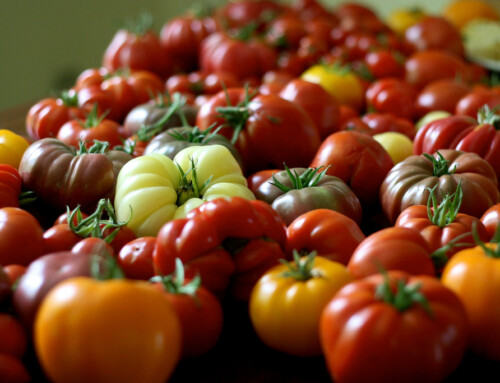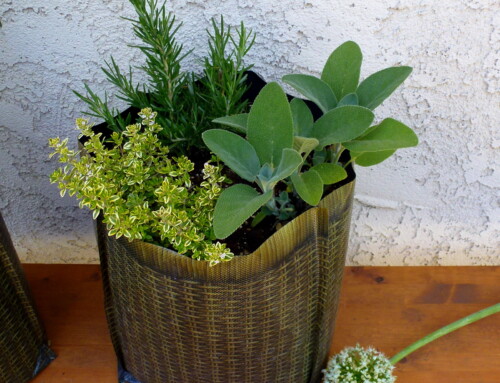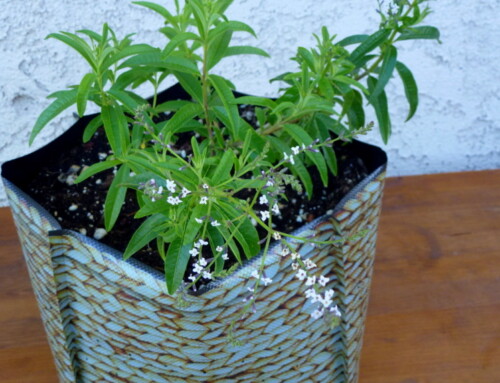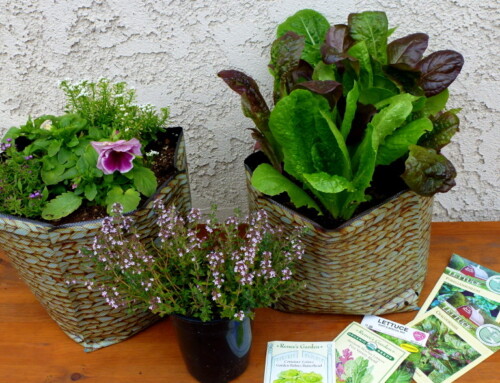Soil Loss – Stupidity Reigns!
by Gary Kline
Erosion of the land, coupled with exhaustion of soil’s fertility, has been the rule from millennia, almost everywhere around the world; wherever humans (that’s us) have cultivated (or attempted to cultivate) the ground for the production of food and fiber. Over and over, it happens with devastating consequences on whole regions and civilizations. We never learn.
In the absence of agricultural man (who’s been around for a mere 10,000 years or so), nature has labored for hundreds of thousands, if not millions, of years to create the topsoil that fosters and maintains all terrestrial life. On average, it takes hundreds to a thousand years for nature to make an inch of life-supporting topsoil.
We humans (Homo sapiens oblivious oblivious) can (and have, over and over again) ruin a region’s soil in less than a lifetime. Such is the story told by David R. Montgomery in Dirt: The Erosion of Civilizations (2007, 2008 and 2010). There have been a handful of other careful observers and brilliant writers who have attempted to warn us of this well-worn folly, to no avail. Though it is our life-blood, we have no problem pouring it out and watching it wash away.
Few humans realize that erosion is both good and bad. It’s a matter of rate. In nature, everywhere on land, the processes of soil formation are exactly balanced by the processes of soil removal. Were it not so, there would be no topsoil mantle, and without vegetation to hold it in place, any accumulated soil would quickly be blown or washed away, except in the flattest places, where it may stay in place.
Once vegetation took over in clothing the land, which is its seeming imperative everywhere, except on the highest mountain tops, volcano slopes and exposed areas of bedrock, it was invariably the agency of humans, creating conditions for erosion, that undid this slow making-and-taking equilibrium in short order. True, there have always been severe windstorms and torrential rains and floods that carried away some soil and deposited bottomland sediment, but these tended to get balanced out and stabilized.
On the whole, people have no concept of the extensive devastation our kind has provoked over the centuries. And it continues to go on at a frightening rate, not only in foreign countries, but right here. Few even begin to grasp the extent of man-caused soil loss and what wounds, in tragedies and in population declines and migrations, have been inflicted from ignorance, carelessness and stupid disregard for misuse of the land.
This is a story of population growth, deforestation, plowing up of steep slopes and fragile prairie lands, followed up by fertility exhaustion, declining food production, often starvation and abandonment of formerly productive landscapes, ad nauseum. The sickening thing is that it gets repeated by people who know what the consequences are going to be, but are too short-sighted or selfish to care. This is the real meaning of careless; or else it’s inexcusable stupidity.
Somewhere I have stashed away an unfinished article or essay prompted years ago by the back-to-back severe floodings of the Chehalis that wiped out many farms and carried away thousands of tons of topsoil in their brown waters. I titled it “Slip-Sliding Away”. Maybe I’ll get it out and finish what I had to say, as if anyone listens.
An astute observer once remarked that hope springs eternal in the hearts of idiots. Rhetoric is a word now being thrown around a lot by people who have no idea what it’s supposed to mean, which is using artificial eloquence. I would say it means disguised insincerity or all talk and no action. That’s generally what we get in discussions about conserving vital resources. And when the discussion is sincere, it usually amounts to wasting one’s breath. But like those hopeful idiots, I’ll give it one more try.
We modern-day Americans like to think we know so much more than our grandparents’ generation. But do we really, or are we only relearning what’s been known, by a different route? I submit for your consideration (and reconsideration) the following quoted material from pages 853-4 of Rodale’s 1960 The Complete Book of Composting:
Here Rodale quotes from a Dr. E. P. Dark, writing in the Medical Journal of Australia (date not given).
“Mile high, those gloomy curtains of dust
There is no doubt that rapid erosion is going on in every continent; if it is not yet as disastrous as in America, that is probably because American agriculture is more ‘advanced’ than that of any other country, using more tractors, more bulldozers and more chemical manures in a desperate hurry to produce more crops than Nature intended should be forced from the soil [without replacement]. If in Australia erosion has not been so spectacular, it has caused, and is still causing, severe damage.
Of course, every acre of eroded soil means less food production in a world where increasing population calls for more food; and less food must mean more malnutrition and more disease, which is certainly the concern of the medical profession. It is a fair assumption, then, that bad methods of soil management may contribute to the increase of disease, and we should be aware of that possibility [that came true].
But nearly all erosion is only the end result of a progressive loss of fertility; really fertile soil is very resistant to erosion, particularly wind erosion, being firmly bound together by its organic content into what is known as the crumb structure. That is soil as Nature intended it to be, and can be seen at its best in any untouched rainforest. Such soil can be intensively farmed without destroying it, as the Chinese demonstrated during the past 4,000 years. In their farming, all the wastes, from crops, animals and humans, are returned to the soil as compost, which is as near as we can get to Nature’s method of growing grass on the prairies and trees in the forest.”
What Dr. Dark, nor anyone else, could have known at the time is that in South America, over much of the same time span, much the same kind of recycling as the Chinese mastered led to the phenomenal Terra Preta soils in parts of the Amazon basin. They were made possible by producing biochar and incorporating it, along with organic matter, into the native mineral-poor soil, and thereby conserved and enriched its mineral content along with the organic matter and humus, plus micro-biological content. This enabled the development of a large and long-lasting agricultural civilization, thriving on a stabilized, nutrient-rich and obviously non-eroding, sustained soil foundation. We should get smart and copy what those two longest-lived civilizations wisely practiced. I hasten to add that much of China has been devastated by erosion from unwise clearing and farming in the upper watersheds.
After writing the above, I came across this short apropos statement on page 629 in Rodale’s 1960 compendium: “The basis of all conservation and of erosion, flood and plant disease or insect control is – – – stronger soil; soil made fertile and resistant and capable of supporting essential plant life. And organic matter, compost andNATURAL MINERAL FERTILIZING are what make this possible.”
Erosion and soil depletion, what can we do about them? Realistically, what practical measures can be taken by individuals and governments to rescue mistreated land and turn it into food-producing ground? How can we maintain and sustain our life-giving soils for present and future generations, and even improve their fertility for quality nourishment, and thereby bring about serious reductions in malnourishment and rampant degenerative diseases? How can we make this a more beautiful and peaceful world? Stay tuned for my foolishly hopeful solutions in a forthcoming article that I have titled “Back to the Garden”. GK
© 2013 Gary L. Kline
All Rights Reserved
Black Lake Organic







